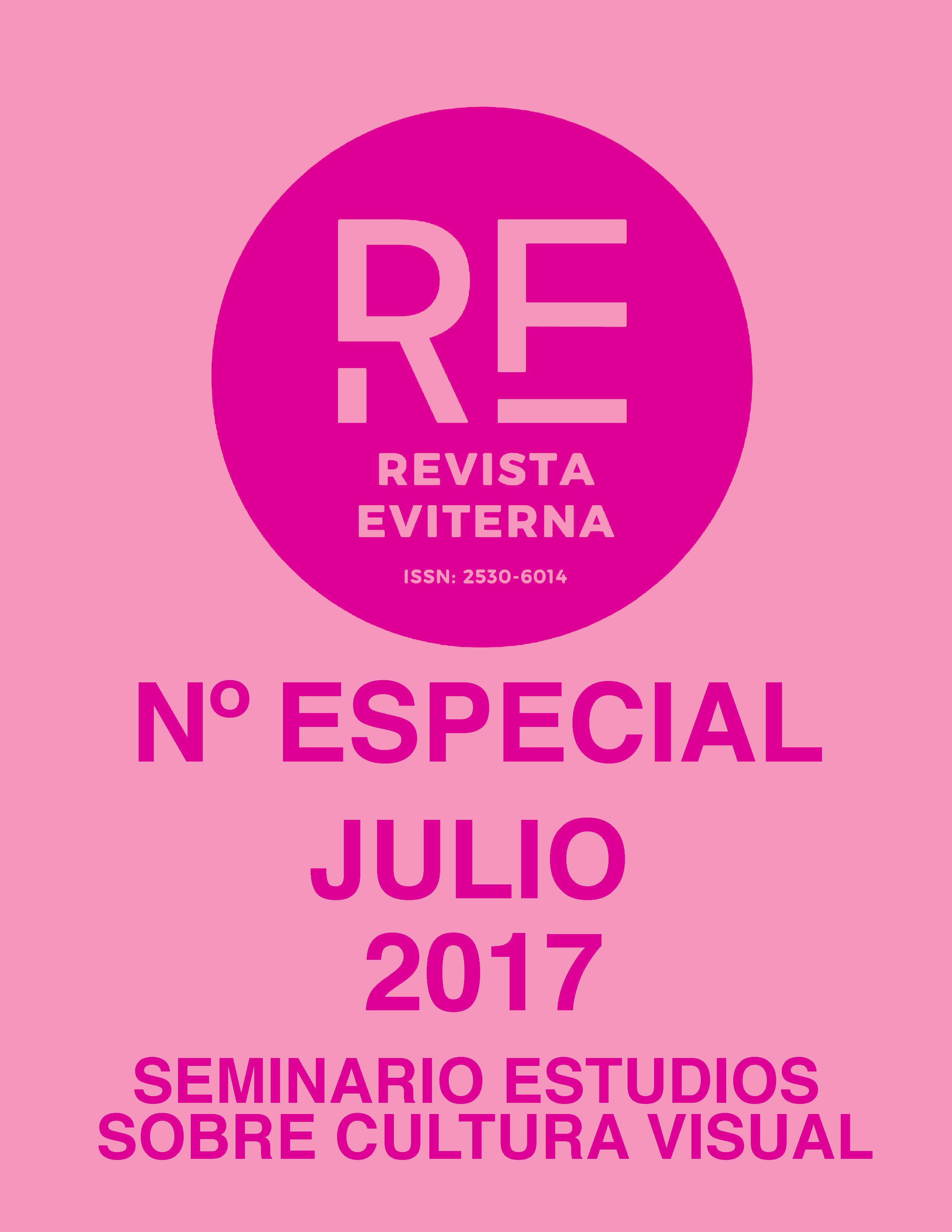The Apotheosis of Hercules: a humanist discourse in the Seville of the Renaissance
DOI:
https://doi.org/10.24310/Eviternare.v1i1.8203Keywords:
Neoplatonism; Renaissance; Christian Humanism; Francisco Pacheco; Apotheosis of Hercules; NeoistoicismAbstract
The currently study relates the different translations of the humanist Renaissance ideas of the 2nd half of 16th Century, from Italy to Seville´s painting school of 16th & 17th Centuries, specifically the Academy of Francisco Pacheco del Río. The speech is based in some ideas on how the neoplatonic thoughts of the first Italian humanists, were reflected on Italian, European and Spanish art forms and, in particular, the work of the mentioned painter and his paintings at the "House of Pilatos" in Seville: The Apotheosis of Hercules. Through the iconographic study and interpretation of his iconological speech, concordances between humanist ideas and the principles of Christianism are established in order to convey a moralizing message.
Downloads
Metrics
Publication Facts
Reviewer profiles N/A
Author statements
Indexed in
-
—
- Academic society
- N/A
- Publisher
- Universidad de Málaga
References
BROWN, Jonhatan (1988). Imágenes e ideas en la pintura española del siglo XVII. Alianza Forma: Madrid.
CAMÓN AZNAR, José (1978), “Escuela Sevillana”, en La pintura española del siglo XVII.“SummaArtis, vol. XXV”, Espasa-Calpe, Madrid.
CARMONA MUELA, Juan (2010). Iconografía cristiana. Guía básica para estudiantes. Akal: Madrid.
FALCÓN MARTÍNEZ, Constantino, FERNÁNDEZ-GALIANO, Emilio y LÓPEZ MELERO, Raquel (1990). Diccionario de mitología clásica 1 y 2. Alianza Editorial: Madrid.
GIORDANO, Carlos y PALMISANO, Nicolás (coord.) (2011). Guía visual de la Casa de Pilatos. Dos de Arte Ediciones: Barcelona.
HUMBERT, Jean (1972). Mitología griega y romana. Gustavo Gili: Barcelona.
LLEÓ CAÑAL, Vicente (1998). La Casa de Pilatos. Electa España: Madrid.
MARÍAS, Fernando (1993). Diego Velázquez. El Arte y sus creadores. Historia 16: Madrid.
ORIA SEGURA, Mercedes (1997). Hércules en Hispania: una aproximación. Promociones y Publicaciones Universitarias: Barcelona.
PACHECO, Francisco (1866). Arte de la pintura, su antigüedad y grandezas. Edición de Gregorio Cruzada Villaamil, Imprenta de Manuel Galiano: Madrid.
PALOMINO, Antonio (1795). El Museo Pictórico y Escala Óptica. Imprenta de Sancha: Madrid.
RODRÍGUEZ SANTIDRIÁN, Pedro (2007). Lorenzo Valla, MarsilioFicino, AngeloPoliziano, Pico della Mirandola, Pietro Pomponazzi, BaldassareCastiglione, Francesco Guicciardini: Humanismo y Renacimiento. Alianza Editorial: Madrid.
RUIZ DE ELVIRA, Antonio (1984). Mitología clásica., Gredos: Madrid.
SCHLOSSER, Julius von (1976). La Literatura Artística. Manual de fuentes de la historia moderna del arte. Cátedra: Madrid.
SEBASTIÁN, Santiago (ed.) (1993). Alciato. Emblemas. Ediciones Akal: Madrid.
SEBASTIÁN, Santiago (1978). Arte y Humanismo. Cátedra: Madrid.
VAENIUS, Otto (1996), Quinti Horatii Flacci Emblemata (edición facsímil de la de Amberes, 1612), Universidad Europea-Cees Ediciones, Madrid.VASARI, Giorgio (2004). Las vidas de los más excelentes arquitectos, pintores y escultores italianos desde Cimabue a nuestros tiempos (Antología). Estudio, selección y traducción de María Teresa Méndez Baiges y Juan María Montijano García. Tecnos: Madrid.
Downloads
Published
How to Cite
Issue
Section
License
All the contents published in Revista Eviterna are subject to the Creative Commons Reconocimento-NoComercia-Compartirigual 4.0 license, the full text of which can be found at <http://creativecommons.org/licenses/by-nc-sa/4.0>
They may be copied, used, disseminated, transmitted and publicly exposed, provided that:
The authorship and original source of your publication (Journal, editorial and URL of the work) are cited.
They are not used for commercial purposes.
The existence and specifications of this use license are mentioned.

Copyright is of two kinds: moral rights and patrimonial rights. Moral rights are perpetual, inalienable, inalienable, inalienable, inalienable and imprescriptible prerogatives.
In accordance with copyright legislation, Revista Eviterna recognizes and respects the moral rights of the authors, as well as the ownership of the economic right, which will be transferred to the University of Malaga for dissemination in open access.
The economic rights refer to the benefits obtained by the use or disclosure of the works. Revista Eviterna is published in open access and is exclusively authorized to carry out or authorize by any means the use, distribution, disclosure, reproduction, adaptation, translation or transformation of the work.
It is the responsibility of the authors to obtain the necessary permissions of the images that are subject to copyright.







12.png)



